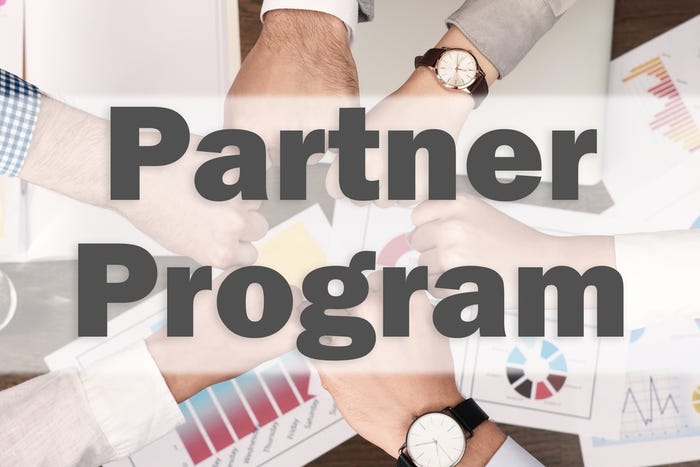Docubee partners and channel program
Channel Sales & Marketing
Docubee Partners Get Expanded Channel ProgramDocubee Partners Get Expanded Channel Program
The program launch is one of Docubee's go-to-market focuses for 2024.

The program launch is one of Docubee's go-to-market focuses for 2024.